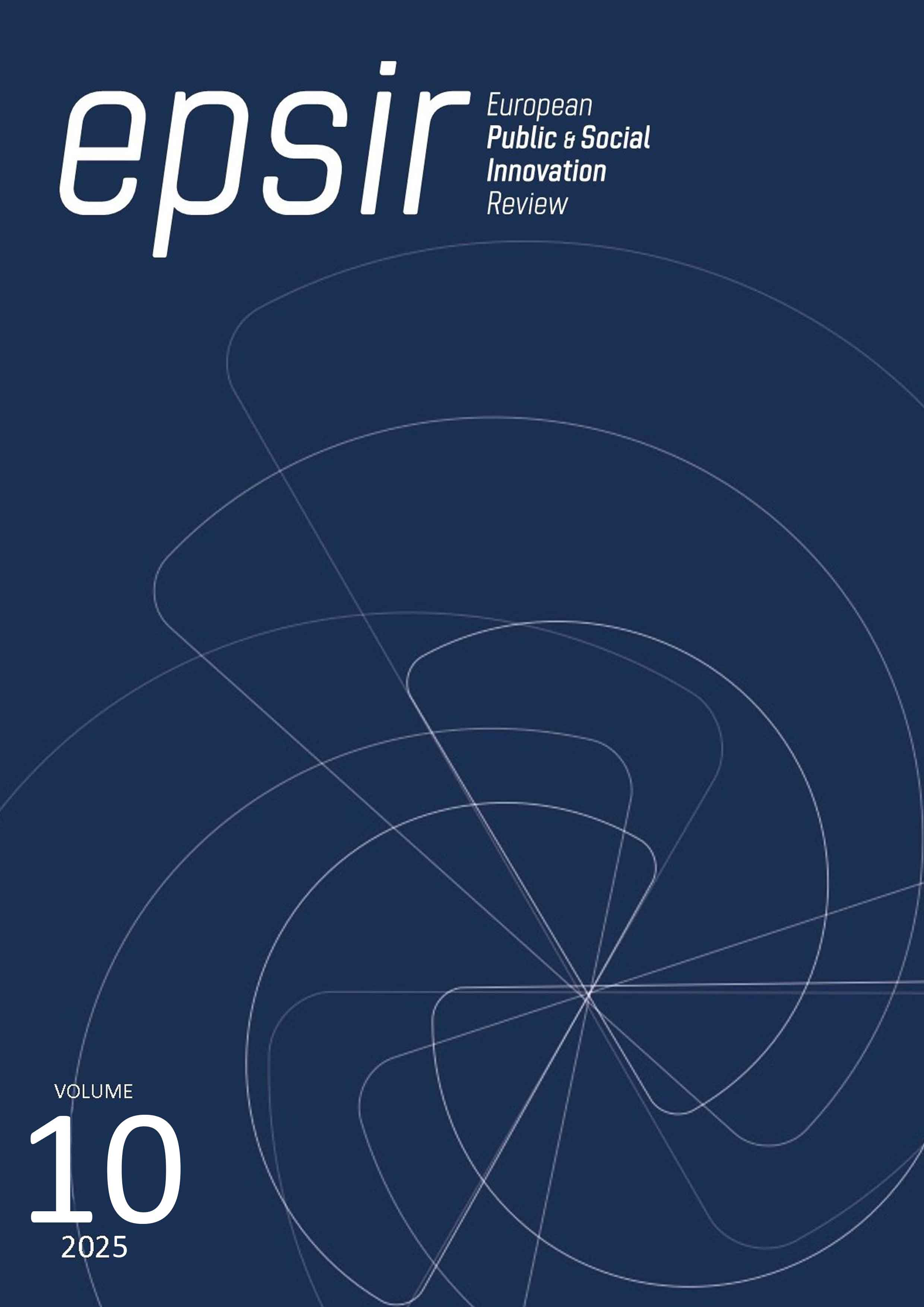Percepción de los estudiantes sobre la enseñanza de la interculturalidad mediante proyectos multimodales en Educación Superior
DOI:
https://doi.org/10.31637/epsir-2025-1583Palavras-chave:
interculturalidad, multimodalidad, proyectos de trabajo, evaluación, español como lengua extranjera, español como lengua materna, educación superior, géneros discursivosResumo
Introducción: Se presenta una reflexión sobre el trabajo basado en la interculturalidad en las clases de lengua a partir de la evaluación de dos secuencias didácticas en las que el producto final fue la creación de un texto multimodal. Metodología: Las secuencias se aplicaron con estudiantes de Educación Superior. Uno de los grupos era de español como lengua materna y el otro de español como lengua extranjera. En ambas secuencias, que seguían el modelo del aprendizaje basado en proyectos, se realizaron una serie de actividades encaminadas a que los estudiantes realizaran un producto final multimodal basado en la interculturalidad. Resultados: A partir de los resultados de estas dos evaluaciones, intentamos establecer los puntos fuertes y puntos débiles que encontramos en el hecho de evaluar aspectos no lingüísticos en estos textos así como el hecho de aplicar esta evaluación a clases de lengua materna y de lengua extranjera. Discusión: Los resultados muestran que los estudiantes de lengua materna y los de lengua extranjera valoran diferentemente los elementos de los proyectos. Conclusiones: Los estudiantes de lengua materna valoran mejor el trabajo con elementos multimodales y los estudiantes de lengua extranjera valoran mejor el trabajo con elementos lingüísticos e interculturales.
Downloads
Referências
AA. VV. (2008). Competencia comunicativa. En Diccionario de términos clave de ELE. https://bit.ly/4dk2cM3
Alsina, J. (2013). Introducción. En J. Alsina (Coord.), Rúbricas para la evaluación de competencias. Octaedro. https://bit.ly/3Y3sTAb
Barberá, E. y de Martín, E. (2009). Portfolio electrónico: aprender a evaluar el aprendizaje. UOC.
Bennett, R. (2015). The changing nature of educational assessment. Review of Research in Education, 39(1), 370-407. https://doi.org/10.3102/0091732X14554179 DOI: https://doi.org/10.3102/0091732X14554179
CERLALC. (2015). Alfabetización: una ruta de aprendizaje multimodal para toda la vida. Consideraciones sobre las prácticas de lectura y escritura para el ejercicio ciudadano en un contexto global e intercomunicado. https://bit.ly/3LoY5lL
España Palop, E. (2022). Proyectos de escritura en la educación universitaria: Pros y contras a partir de la valoración del alumnado. Revista Internacional de Aprendizaje, 9(1), 69-79. https://doi.org/10.18848/2575-5544/CGP/v09i01/69-79 DOI: https://doi.org/10.18848/2575-5544/CGP/v09i01/69-79
Gysling, J. (2017). La evaluación: ¿Dispositivo para promover el aprendizaje de todos o para seleccionar? La formación de profesores en evaluación en Chile. Ediciones UDP. https://bit.ly/3LmYzbU
Herrero, C. (2019). Medios audiovisuales. En J. Muñoz-Basols, E. Gironzetti y M. Lacorte (Eds.), The Routledge Handbook of Spanish Language Teaching: metodologías, contextos y recursos para la enseñanza del español L2 (pp. 565-582). Routledge. DOI: https://doi.org/10.4324/9781315646169-38
Kalantzis, M., Cope, B. y Zapata, G. (2019). Las alfabetizaciones múltiples: teoría y práctica. Octaedro.
Lafuente, M. (2019). ¿Mejora el aprendizaje del alumnado mediante el trabajo por proyectos? En A. Sadurní (Ed.), Què funciona en educació? Evidències per a la millora educativa (pp. 1-29). Fundació Jaume Bofill i Institut Català d’Avaluació de Polítiques Públiques. https://bit.ly/4bJvFxD
López-Sánchez, A. (2014). Hacia una pedagogía para la multialfabetización: El diseño de una unidad didáctica inspirada en las propuestas del New London Group. Hispania, 97(2), 281-297. https://www.jstor.org/stable/24368778 DOI: https://doi.org/10.1353/hpn.2014.0060
Moliner, O. y Sánchez-Tarazaga, L. (2015). PBL o aprendizaje basado en proyectos: una experiencia de coordinación y enseñanza auténtica en la Universidad. Quaderns digitals.net, 81, 116-133. http://hdl.handle.net/10234/150266
Quintana, M. y Gil, J. (2015). Rúbricas como método efectivo de valoración en la evaluación del aprendizaje. Alternativas, 16(3), 5-13. https://doi.org/10.23878/alternativas.v16i3.73 DOI: https://doi.org/10.23878/alternativas.v16i3.73
Velasco-Moreno, M. I. (2022). Project Based Learning and the development of communicative competence in a foreign language. En A. Barrientos-Báez, A. Gregorio Cano, y X. Martínez Rolán (coords.), Desarrollando Competencias Comunicativas en la Educación Superior. Fragua.
Vincent, J. (2006). Children writing: Multimodality and assessment in the writing classroom. Literacy, 40(1), 51-57. https://doi.org/10.1111/j.1467-9345.2006.00426.x DOI: https://doi.org/10.1111/j.1467-9345.2006.00426.x
Downloads
Publicado
Como Citar
Edição
Secção
Licença
Direitos de Autor (c) 2025 Eduardo España Palop

Este trabalho encontra-se publicado com a Licença Internacional Creative Commons Atribuição-NãoComercial-SemDerivações 4.0.
Authors who publish with this journal agree to the following terms:- Authors retain copyright and grant the journal right of first publication with the work simultaneously licensed under Creative Commons Non Commercial, No Derivatives Attribution 4.0. International (CC BY-NC-ND 4.0.), that allows others to share the work with an acknowledgement of the work's authorship and initial publication in this journal.
- Authors are able to enter into separate, additional contractual arrangements for the non-exclusive distribution of the journal's published version of the work (e.g., post it to an institutional repository or publish it in a book), with an acknowledgement of its initial publication in this journal.
- Authors are permitted and encouraged to post their work online (e.g., in institutional repositories or on their website) prior to and during the submission process, as it can lead to productive exchanges, as well as earlier and greater citation of published work (See The Effect of Open Access).




